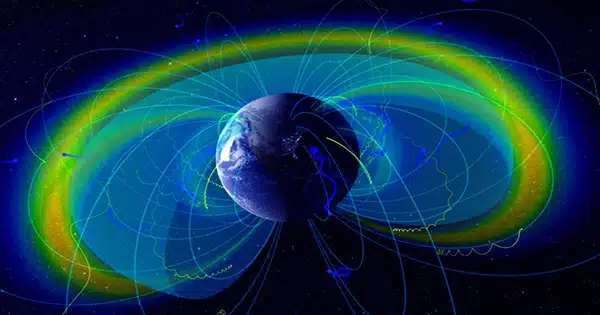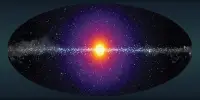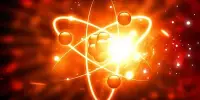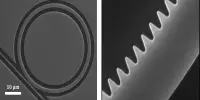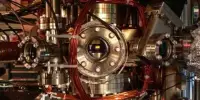A group of physicists, three from Harvard University’s Department of Physics and Laboratory for Particle Physics and Cosmology, and a fourth from the University of Liverpool, discovered evidence that additional measurements of neutrinos generated in Earth’s atmosphere could be used to reveal how the three types of neutrino masses are ordered.
In their paper published in the journal Physical Review X, C. A. Argüelles, I. Martínez-Soler, M. Jin, and P Fernández analyze the expected sensitivities of current and near-future water/ice-Cherenkov atmospheric neutrino experiments about the three types of neutrino oscillations.
Josh Spitz, a physicist at the University of Michigan, wrote a News & Views essay for Nature explaining the team’s work on this new initiative.
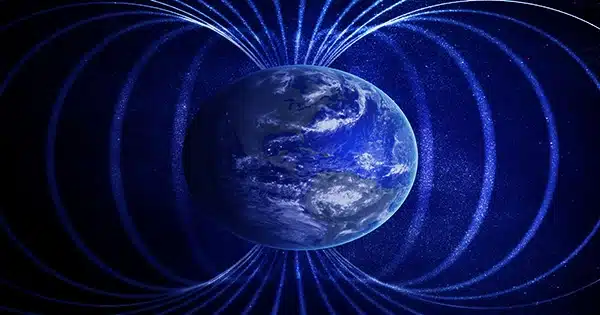
Neutrinos are subatomic particles of three known varieties: electron-neutrino, muon-neutrino, and tau-neutrino—the kind is thought to be determined when they are formed. Neutrinos can be generated in a variety of ways, including during a supernova or other major astral event. Interestingly, they can change from one type to another, such as when passing through a planet. Such alterations are referred to as quantum mixing.
Scientists have been investigating neutrinos in the hopes of solving some of physics’ biggest puzzles, such as the nature of gravity and dark matter. As the team behind this new study points out, discovering methods for more precisely measuring neutrinos might lead to a greater understanding of how mixing occurs. One goal is to calculate the masses of the three types of neutrinos.
Physicists research neutrinos in a variety of methods, including creating them with particle accelerator colliders, detecting them in nature, and investigating how they are produced in Earth’s atmosphere when cosmic rays hit with atmospheric atoms. The study team has focused its efforts on the third method.
Current efforts to study such neutrinos often entail constructing water or ice chambers equipped with photodetectors sensitive enough to capture neutrinos as they hit with atoms in the tank. Researchers can establish the sort of neutrino involved, its energy level, and how far it went before the impact by analyzing the light pattern emitted.
By evaluating a large sample of such encounters and the data they have disclosed thus far, the research team discovered that information is being accumulated at a rate that will allow the masses of the three types of neutrinos to be determined by 2030.
